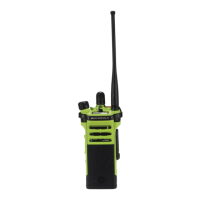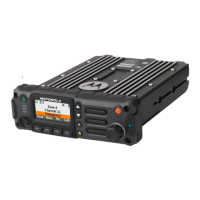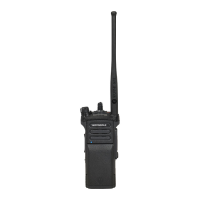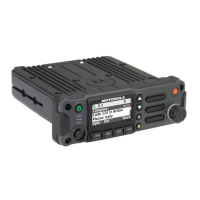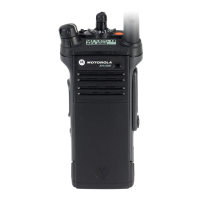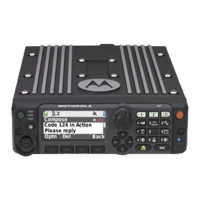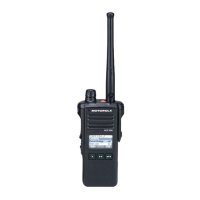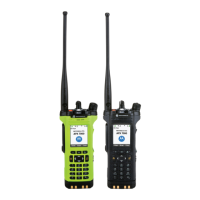Identifying Radio Controls
English
15
Keypad Characters – Lowercase Mode
Number of Times Key is Pressed
Key123456789101112131415161718192021
1
1. ,?! ;@_-*#&$/+=\“ ‘ ()
2
abc
3
de f
4
gh i
5
jkl
6
mn o
7
pqr s
8
tuv
9
wxyz
0
Toggle between mixed case mode, uppercase mode, and lowercase mode.
*
Space
#
Toggle between numeric and letter mode.
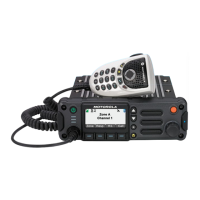
